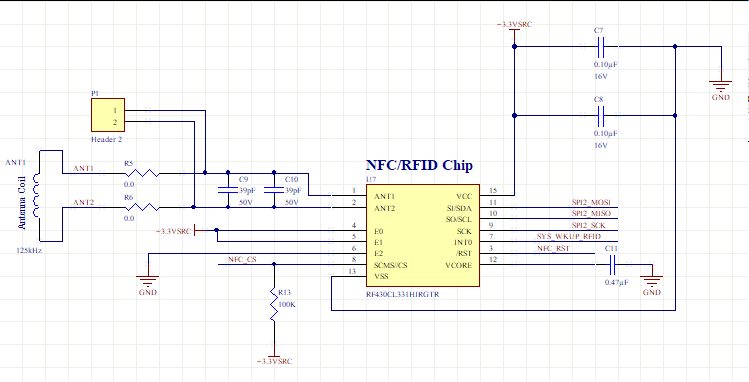Other Parts Discussed in Thread: DLP-RF430BP
My board design has CS = 1 (Hi = 3.3V) on start up, but puts 3.3V out on SO (Pin 10 on RGT package). I am assuming this is the I2C compliant state of the pin but should it not be Tri-state when CS=1 if the chip is in SPI mode?


